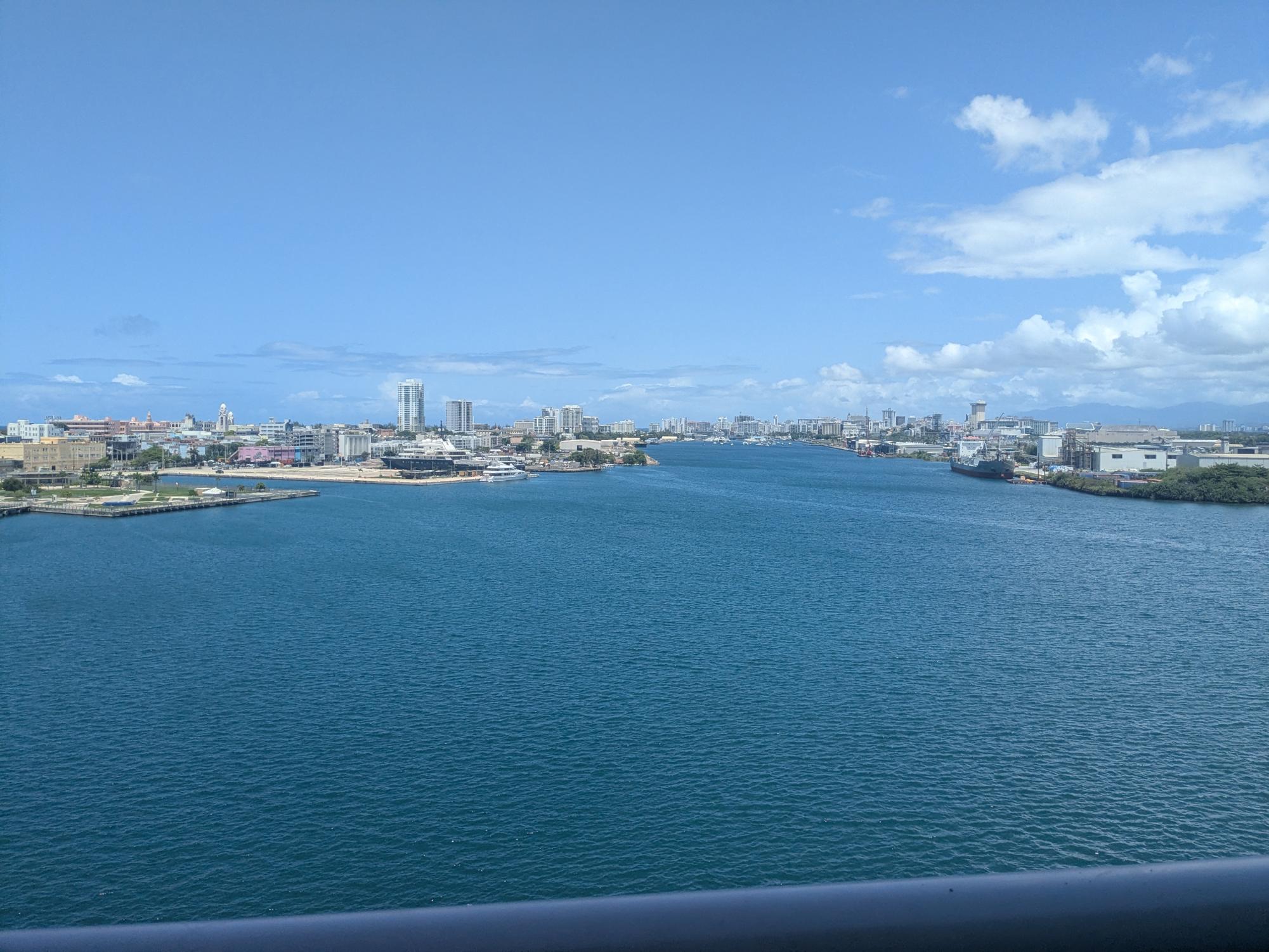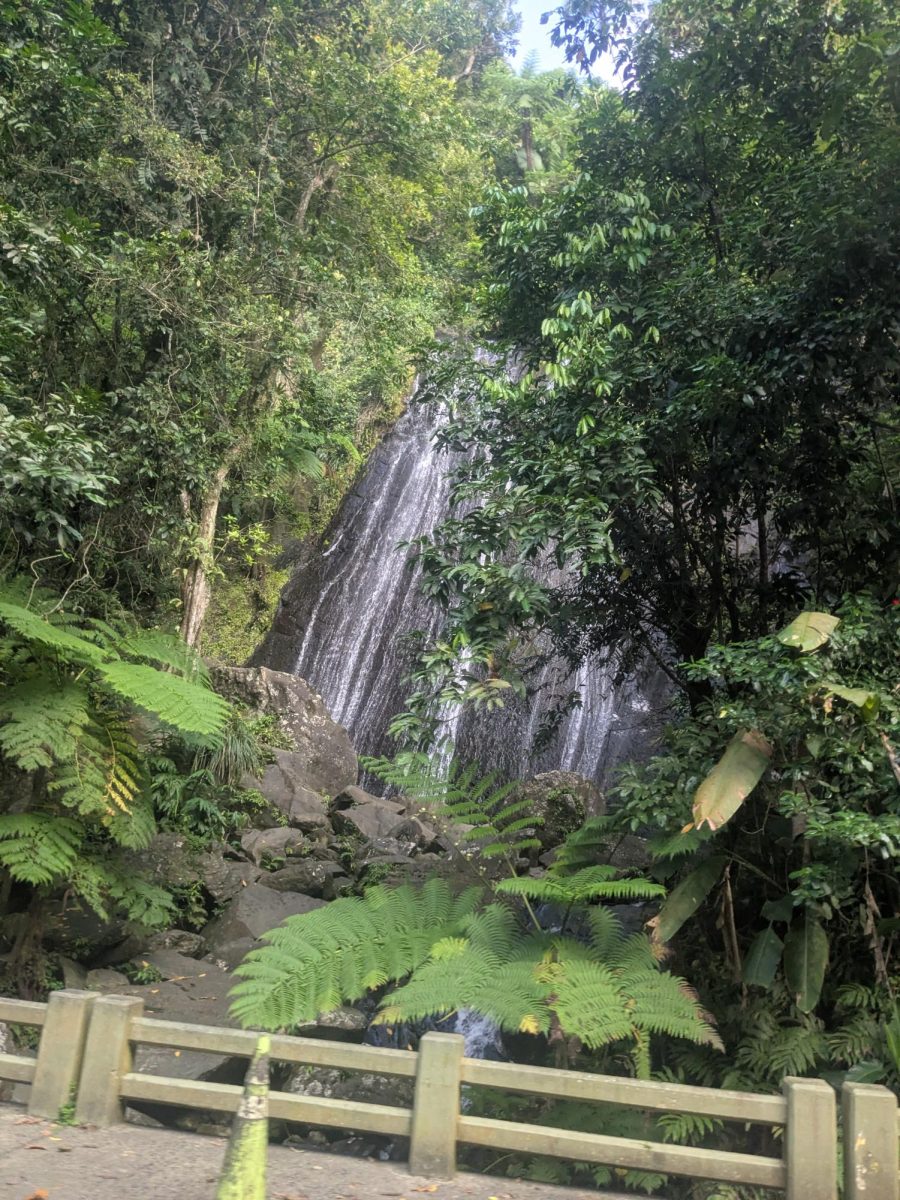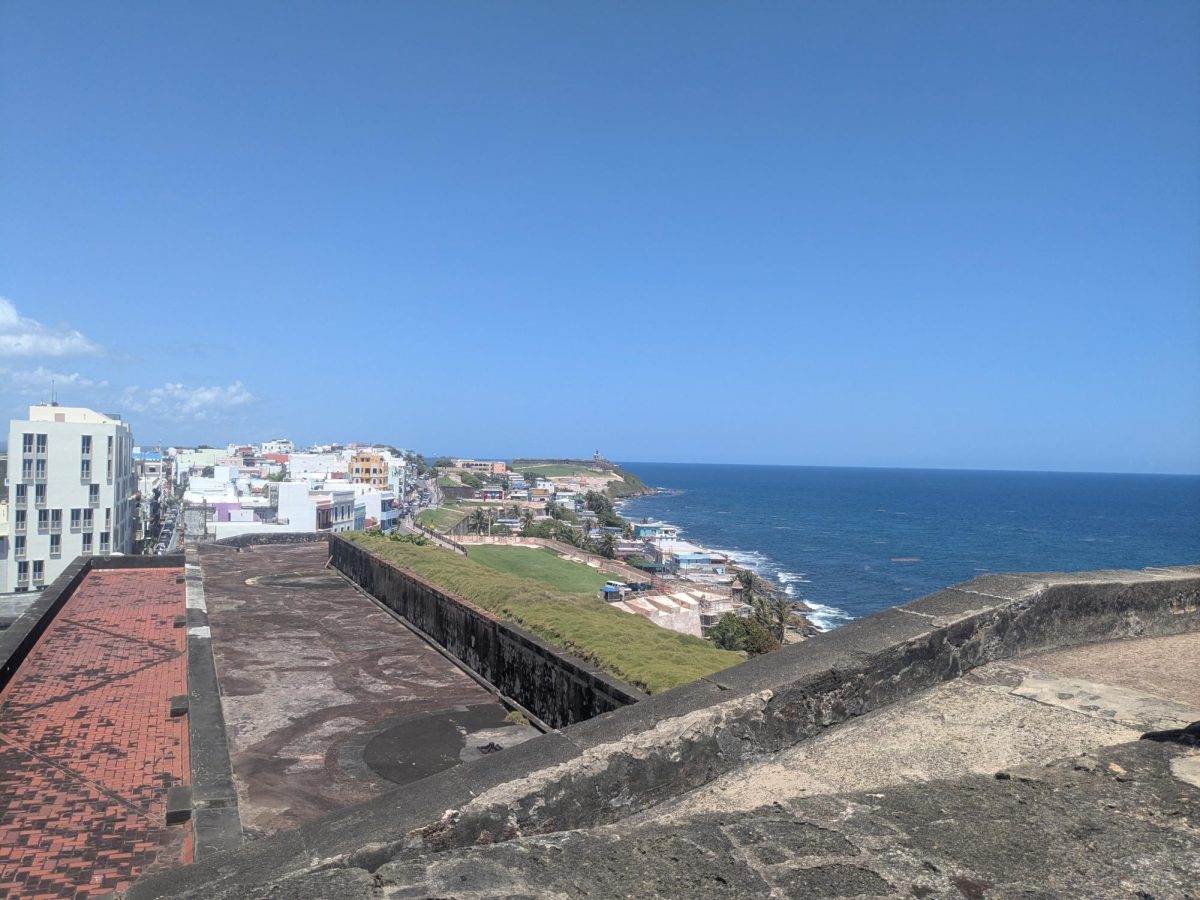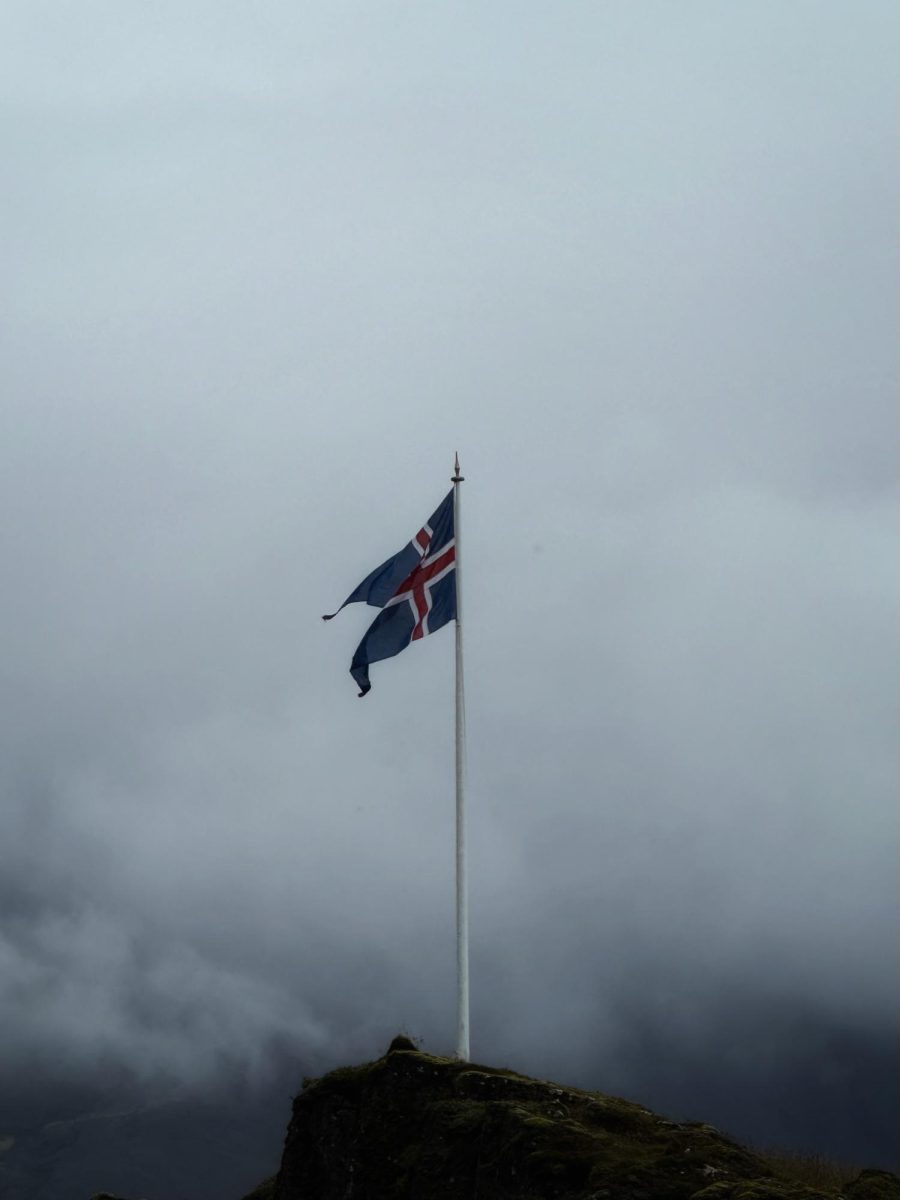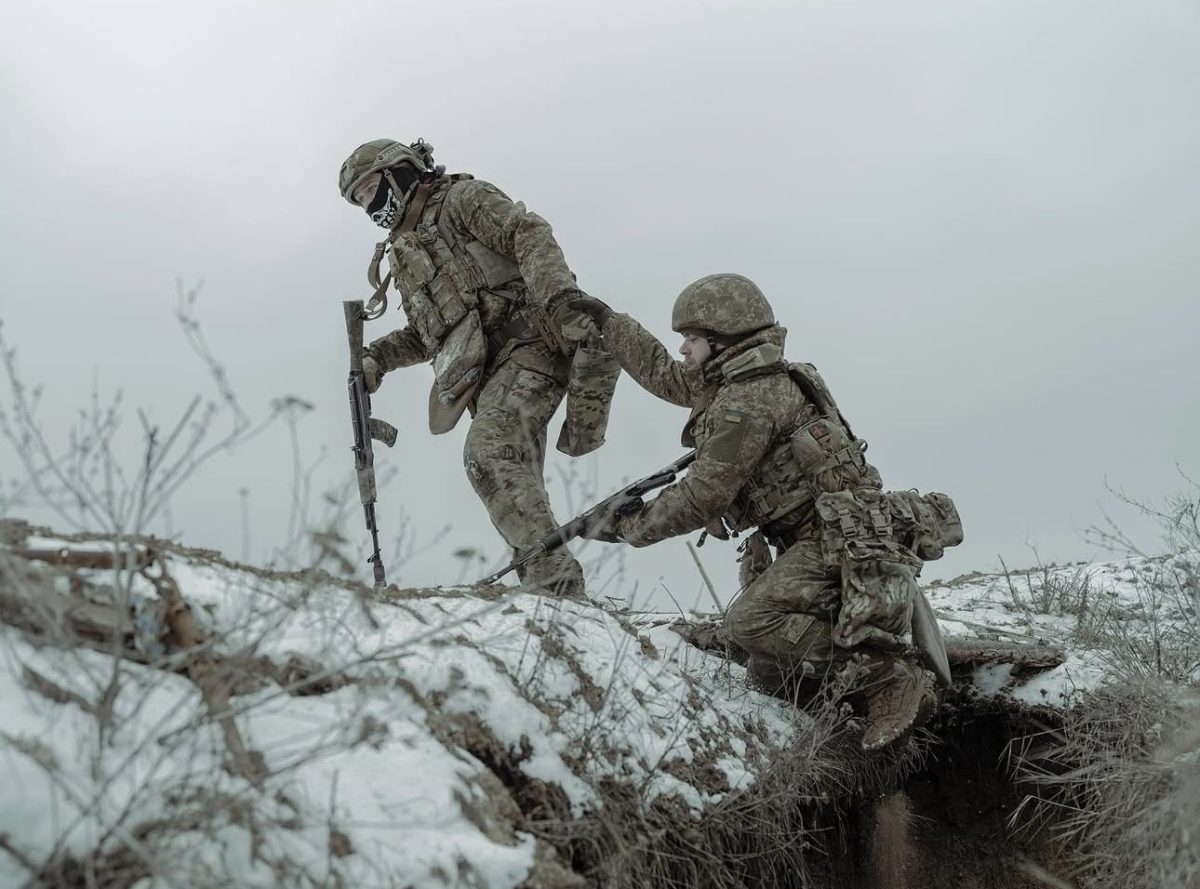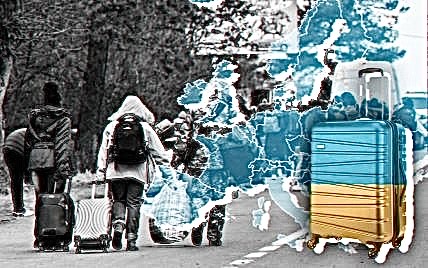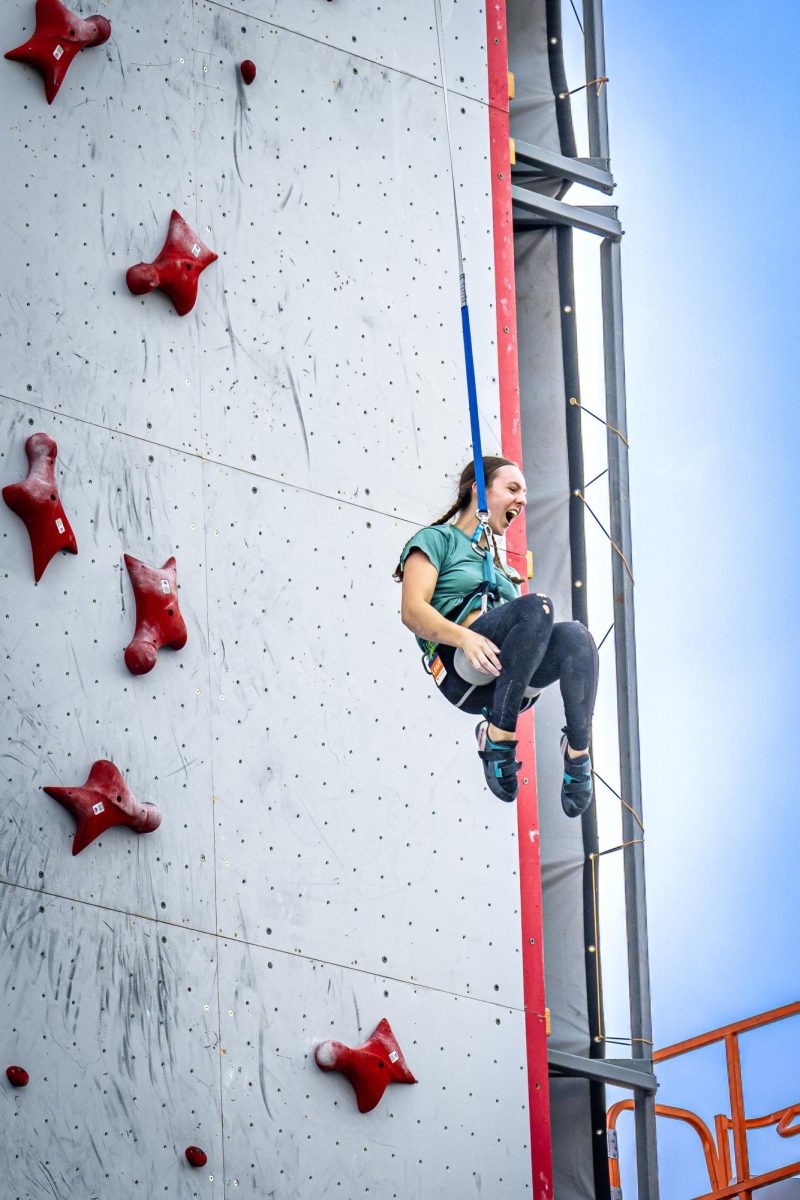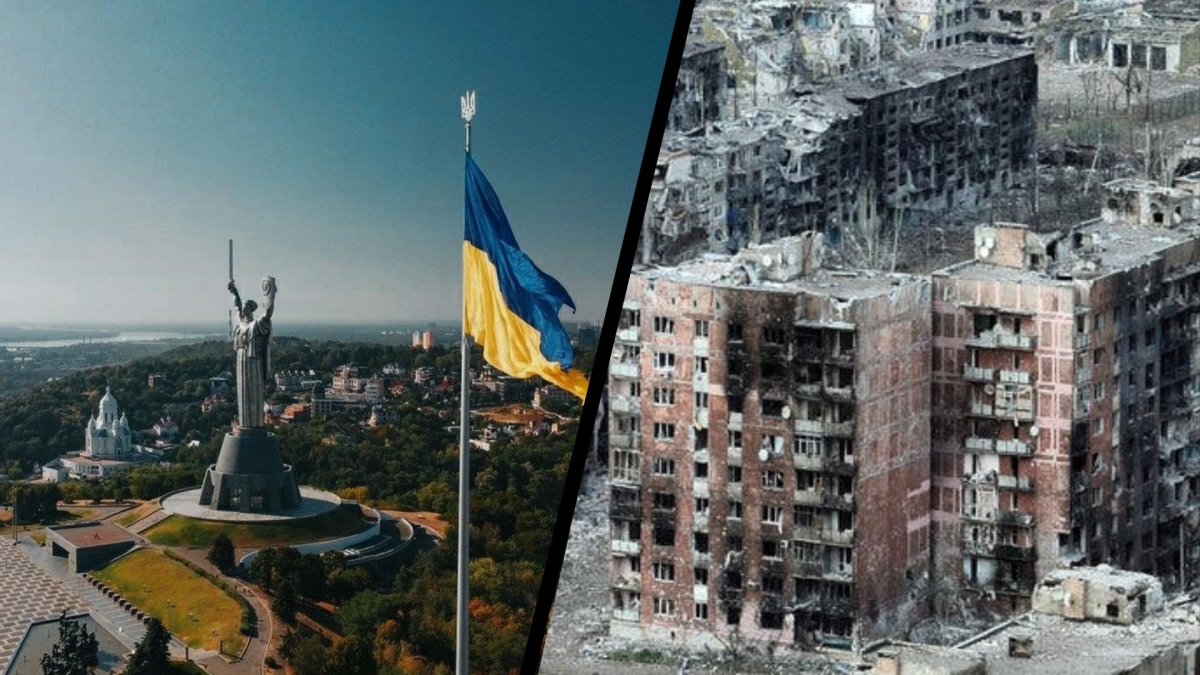This summer, I spent time with my family in the Caribbean. My favorite destination, by far, was Puerto Rico. Puerto Rico has a rich culture, their nature is stunning, and their architecture is just as exquisite.
El Yunque National Forest
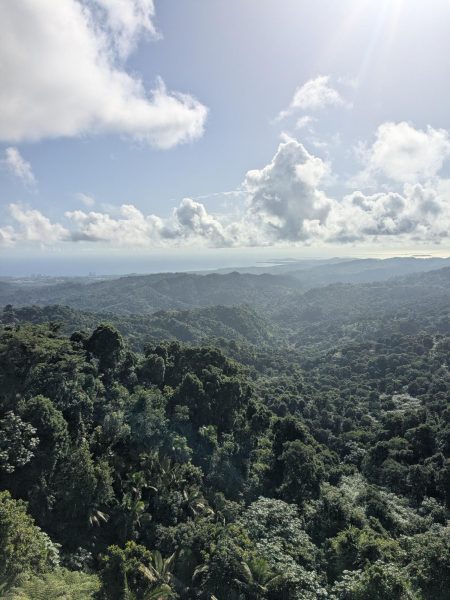
El Yunque National Forest is the only tropical rainforest in the United States Forest Service. It is a sprawling 29,000 acres with both mountains and rivers. The forest was first established in 1876 as the Luquillo Forest Reserve by the Spanish Crown. Only a few short years later, in 1898, Puerto Rico was ceded to the U.S. after the Spanish-American war. The most prominent mountain range is the Sierra de Luquillo range. Its highest peak is El Toro at 3,526 feet above sea level. Our tour guide mentioned that after coming back from the forest, many people stop breathing and can even become sleepy due to the oxygen changes.
The rainforest is also a part of a diverse ecosystem with over 89 animal species and 1000 plant species it is a vital part of the Puerto Rican ecosystem.
El Yunque National Forest got its name from many different roots from both Spanish and native names. Yunque may come from the native words Yukén or Yuke, possibly meaning “white land”, and Luquillo or Yukiyu, another name for the spirit or deity Yokahu, and also the name of a legendary cacique, Loquillo. However, it is not known if the name was first given to the mountains or the rainforest, leaving an aura of mystique for both locals and tourists alike.
The rainforest receives over a million visitors a year. In the forest is also the Rio Mameyes river, which is the largest water source in Puerto Rico, and made Puerto Rico an island that many powers wanted to colonize.
Castillo San Cristobal
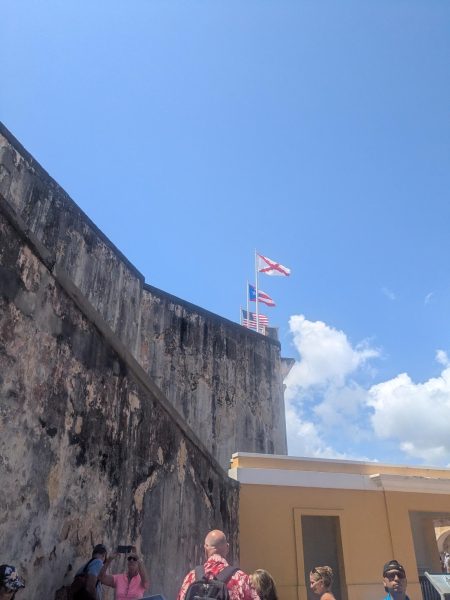
Castillo San Cristobal, or the fortress, is the oldest fortress in the U.S. and its territories. The Spanish began building San Cristobal in 1634 and completed it in 1783. It was originally built following attacks from the English and Dutch. The fortress was built to guard the eastern land entrance of Old San Juan. During the age of exploration and sailing, both San Cristobal and the other fortress in Puerto Rico protected the island from both the land and sea.
The architects drew inspiration from the French to build this 150-foot structure. The largest Spanish fortification ever built in the Americas, the fortress spans over 27 acres. During WWII, the fortress acted as a lookout tower.
You can also venture through the soldiers’ corridors and the cannon rooms, all perfectly intact. When walking through the fortress, many believe it to be haunted.There are many tunnels without lights; some report seeing ghosts when in the tunnels, though I cannot confirm or deny.
Its name, Castillo San Cristóbal, means “Saint Christopher’s Castle,” and it was named in honor of Saint Christopher, the patron saint of travelers. The chapel is named after Saint Barbara, who is known as the protecting saint of all artillerymen. A rumor originates that in 1898, an unexploded artillery shell hit the chapel, yet it did not detonate due to her presence.
It is also the Largest fortress built in the Americas. It was officially made a UNESCO World Heritage Site to forever remind us of its cultural significance in 1983.
Old and New San Juan
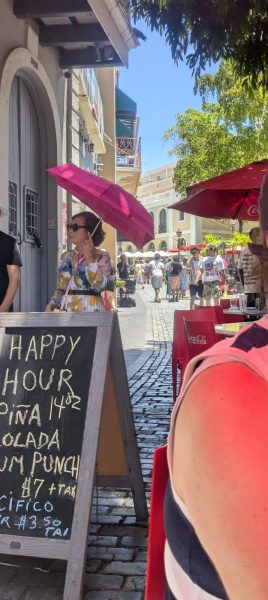
The capital of Puerto Rico, San Juan, is divided into two different areas, old and new.
Old San Juan was first established in 1521 in the area surrounding the fortress. It was one of the first permanent European settlements in the Americas. Old San Juan is over 500 years old and is the city surrounding the fortress. The streets are cobblestone, as seen in the image, and have noticeable colonial architecture. In Old San Juan, vendors fill the streets selling food and crafts, especially in touristy areas. There are also many local businesses. When in San Juan, there was not one corporate business; they were all small and family-owned bars, restaurants, and shops. There are many museums, none of which I was able to visit. Old San Juan also has many Catholic Churches, as 80% of Puerto Ricans are Catholic. Old San Juan combines American, Spanish, and native cultures into a truly unique city.
On the other hand, New San Juan is more contemporary and has a vibrant nightlife. The architecture is more commonly tall, modern buildings. Unlike Old San Juan, there are many resorts and hotels that cater to tourists. However, they both have a lively culture and entertainment scene. New San Juan represents the more modern part of Puerto Rico. When you combine both these into one city, their past and present are very obvious. Old San Juan is a time capsule, walking into a city like no other in America, and New San Juan shows how a city can modernize, but the cultural roots do not leave.

